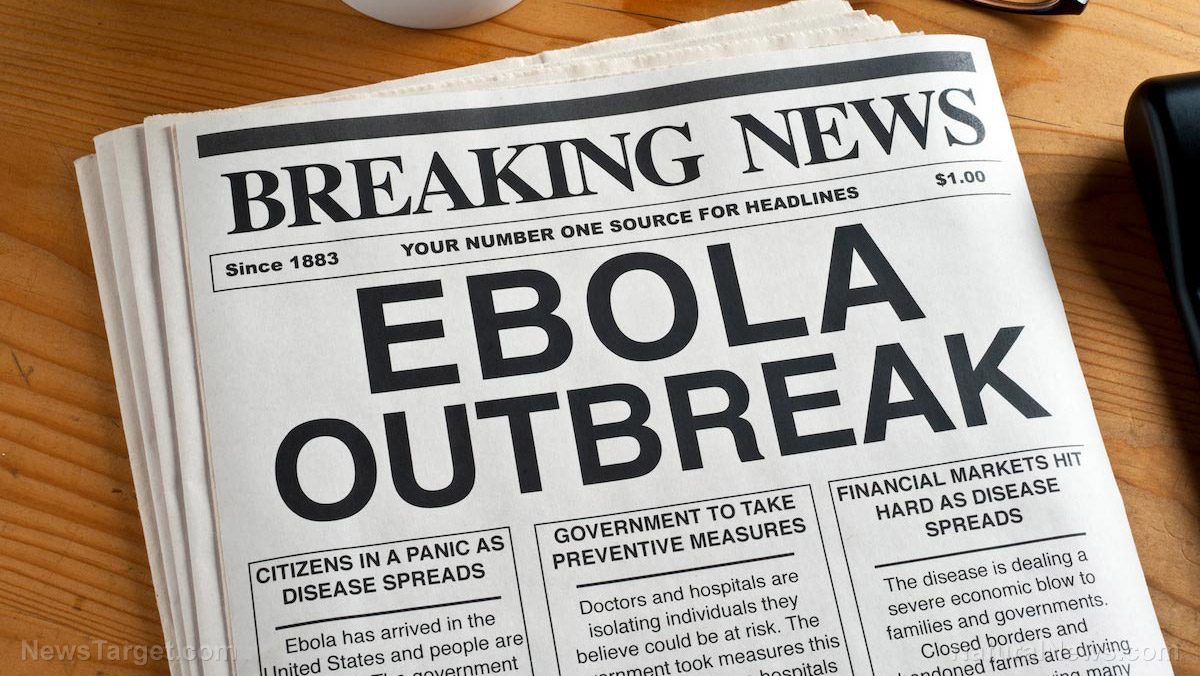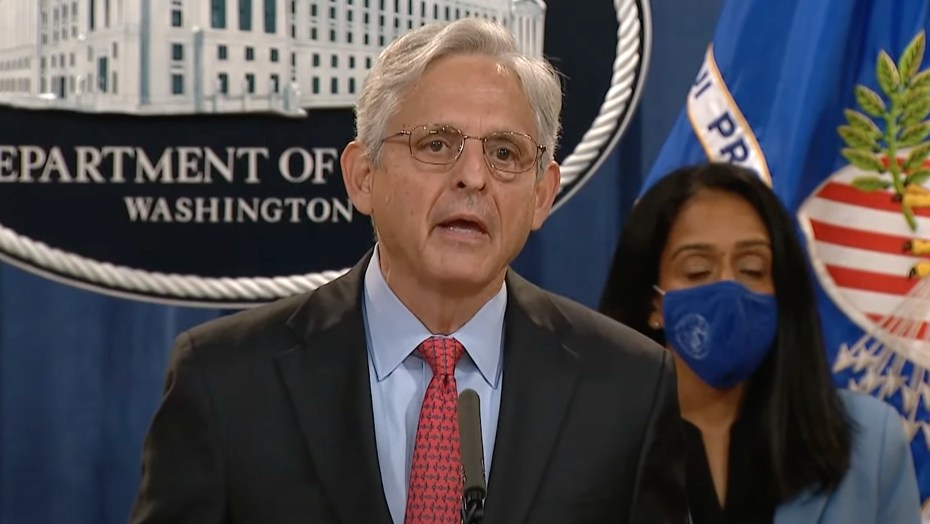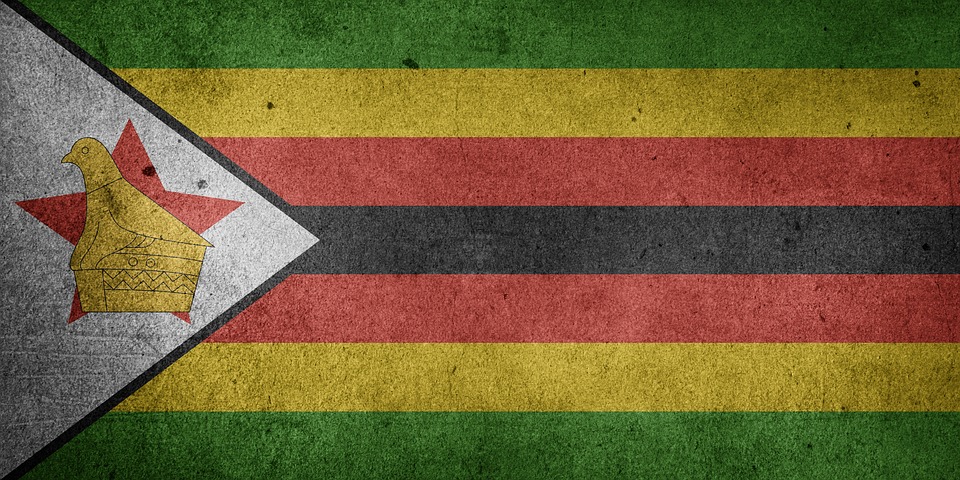
Ugandan President Yoweri Museveni has declared a three-week lockdown in two high-risk districts with confirmed cases of Ebola virus disease (EVD).
There were 63 confirmed cases so far, including 29 deaths. The new outbreak is of the Sudan strain.
Unlike the common Zaire strain, there is no treatment and no cure for the Sudan strain. Meaning, the death toll could be catastrophic if this strain starts spreading widely around the world.
Museveni said in a televised address on Saturday, Oct. 15, that all movement in and out of the Mubende and Kassanda districts will be halted. Curfews will also be imposed. Places of worship, bars, gyms, saunas and other entertainment venues will close but schools will remain open, he added. Cargo trucks will also be allowed to enter and leave the areas.
If the current lockdown does not work and Ebola spreads to other areas, more lockdowns will be set.
Those flying into the U.S. from Uganda are being routed to five large airports where passengers will receive enhanced health screening. These airports are New York's John F. Kennedy International, Newark Liberty International, Hartsfield-Jackson Atlanta International, Chicago O’Hare International and Washington D.C.'s Dulles International.
The Centers for Disease Control and Prevention, the Department of Homeland Security and Customs and Border Protection are adding new screening measures at the airports. (Related: Ebola truth #1) No government in the world is prepared to handle an Ebola outbreak.)
With no licensed vaccines or therapies for the treatment or prevention of the Sudan strain, patients can expect little to no help. The ERVEBO vaccine, which has been used in recent responses to outbreaks of other strains, will not provide cross-protection for the virus either.
There are currently six candidate vaccines against the Sudan strain, but none of them is near the final phase of broad clinical trials.
Not easily spreadable, but precautionary measures necessary
Ebola does not usually spread easily from person to person, but precautionary measures must still be taken.
Daniel Bausch, director of emerging threats and global health security at FIND, the global alliance for diagnostics in Geneva, Switzerland, said that the virus is "definitely concerning," adding that "the slope of that curve is pretty sharp."
The death rate for EVD has ranged from 25 percent to 90 percent in past outbreaks, with the first symptoms to develop usually being fever, vomiting, headaches and fatigue. However, the conditions can worsen quickly and lead to damaged internal organs and death.
Fiona Braka, an emergency-response program manager at the World Health Organization Regional Office for Africa in Brazzaville, Republic of the Congo, noted that Ebola is not new to Uganda.
There had been five previous Ebola outbreaks in the country, four of which were caused by the Sudan strain. In 2000, the virus caused 425 infections and 224 deaths in Uganda. This means that the country is familiar with the rapid-response measures needed to contain it.
"Although the Sudan strain had not been known to cause human infection in about a decade, it was only a matter of time before it resurfaces," said Kartik Chandran, a virologist at the Albert Einstein College of Medicine in New York City. "These viruses are out there, and we don't have a good handle on where they hang out in nature, and how they transmit to people."
Outbreaks had been difficult to prevent because animals such as monkeys and bats carry the viruses and spread them to people. In rare cases, the virus can linger silently in a person's body for months or years after initial infection, only to emerge later.
Visit Outbreak.news for more news about disease outbreaks.
Watch the video below for more information about the Ebola outbreak in Uganda.
This video is from the InfoWars channel on Brighteon.com.
More related stories:
Ebola death reported in Sierra Leone ... right after WHO declares Ebola outbreak 'over.'
Sources include:
Please contact us for more information.




















